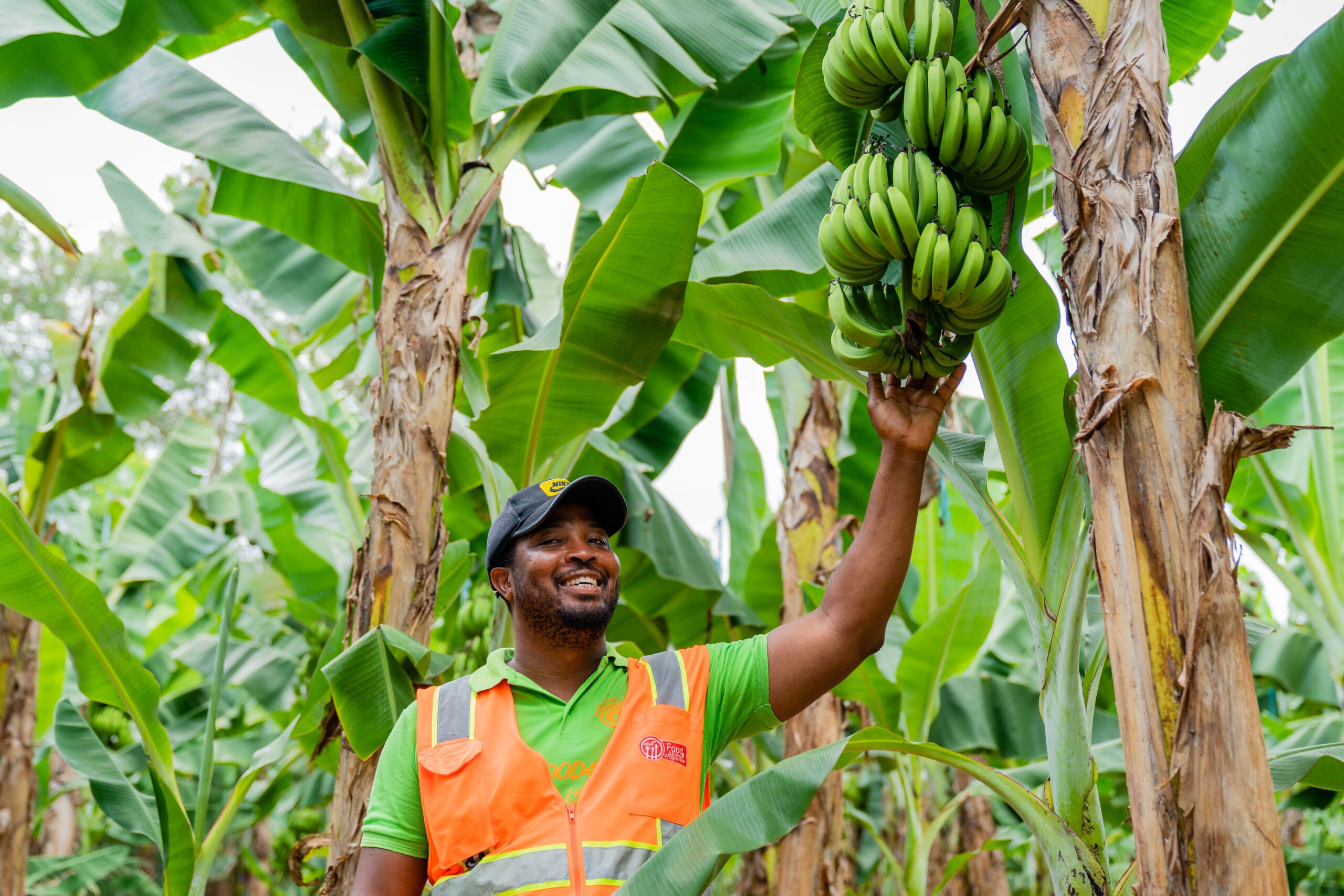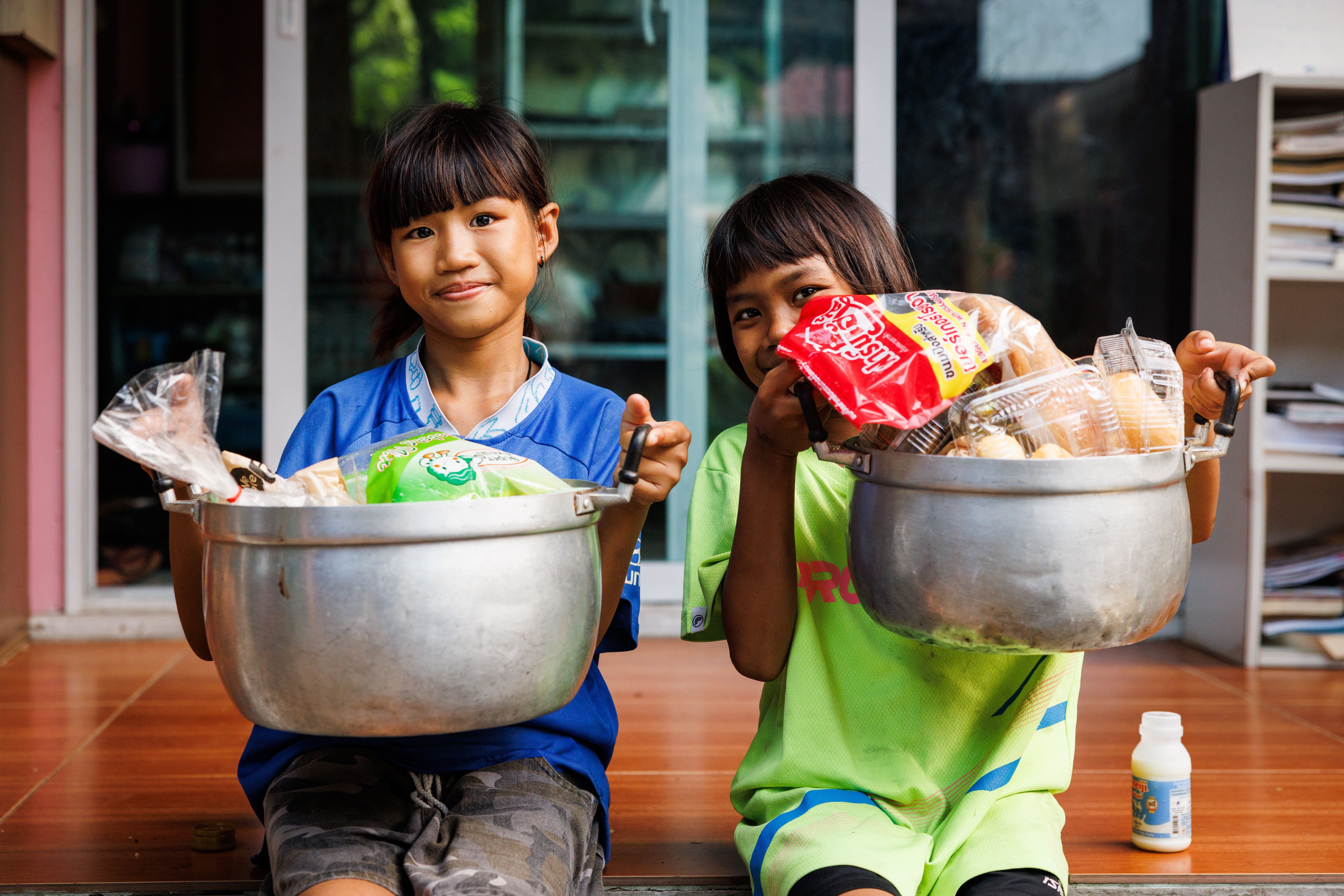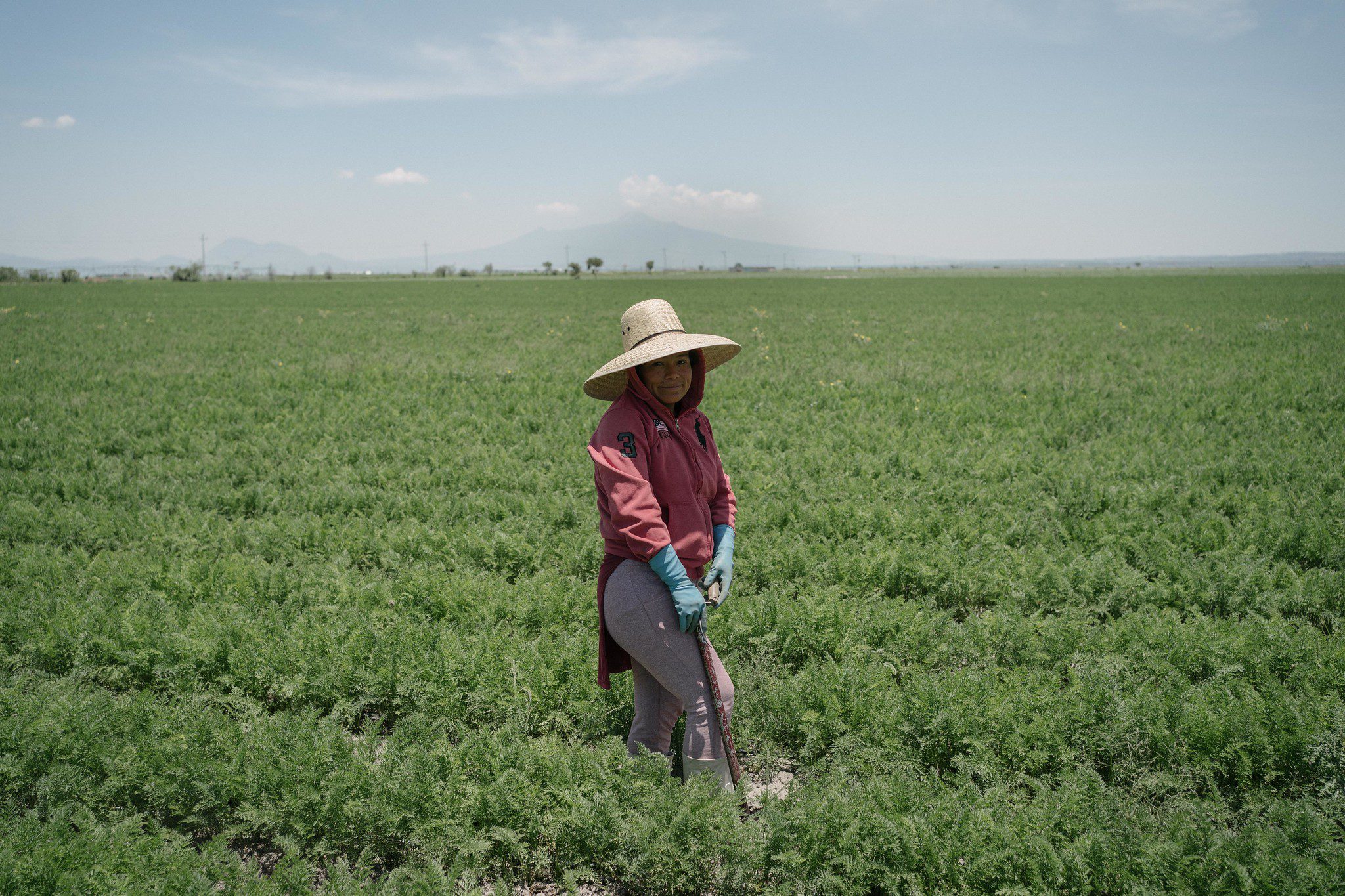Food for All Africa’s Agricultural Recovery Project Builds Bridges That Alleviate Hunger and Unite Communities
On a warm, cloudy day in Ghana’s coastal savanna, Isaac Agbovie expertly navigates the dips and divots of a rural road atop a slender motorcycle. He’s on his way to meet his mother at her farm, but when he arrives there’s little time for pleasantries. For Agbovie, who is wearing a bright orange vest with the word “staff” on the back, this is a work trip, and he quickly begins to help her harvest watermelons and green beans and place them in crates.
Hired in July 2023, Agbovie is one of five field coordinators employed by Food for All Africa, one of the first food banks established in West Africa. The new employees are one part of the food bank’s strategy to improve the nutritional content of the food they regularly provide to people facing hunger.
Agbovie’s mother, Victoria, has been giving produce to Food for All Africa since April 2023, and it was her idea for her son to apply for the job in the first place. Now he spends his days building relationships with both small- and large-scale farmers in the community where he grew up and beyond, all in the name of getting food to the people who need it most.
“What I learned from my mom is that you need to always give to people who need it,” Agbovie said. “And that’s what my mom has been doing. And since I met an organization that is doing that, I’ve loved working for them. That’s why I go to faraway places, to search for food that would have gone to waste for us to recover and then use to feed the vulnerable.”
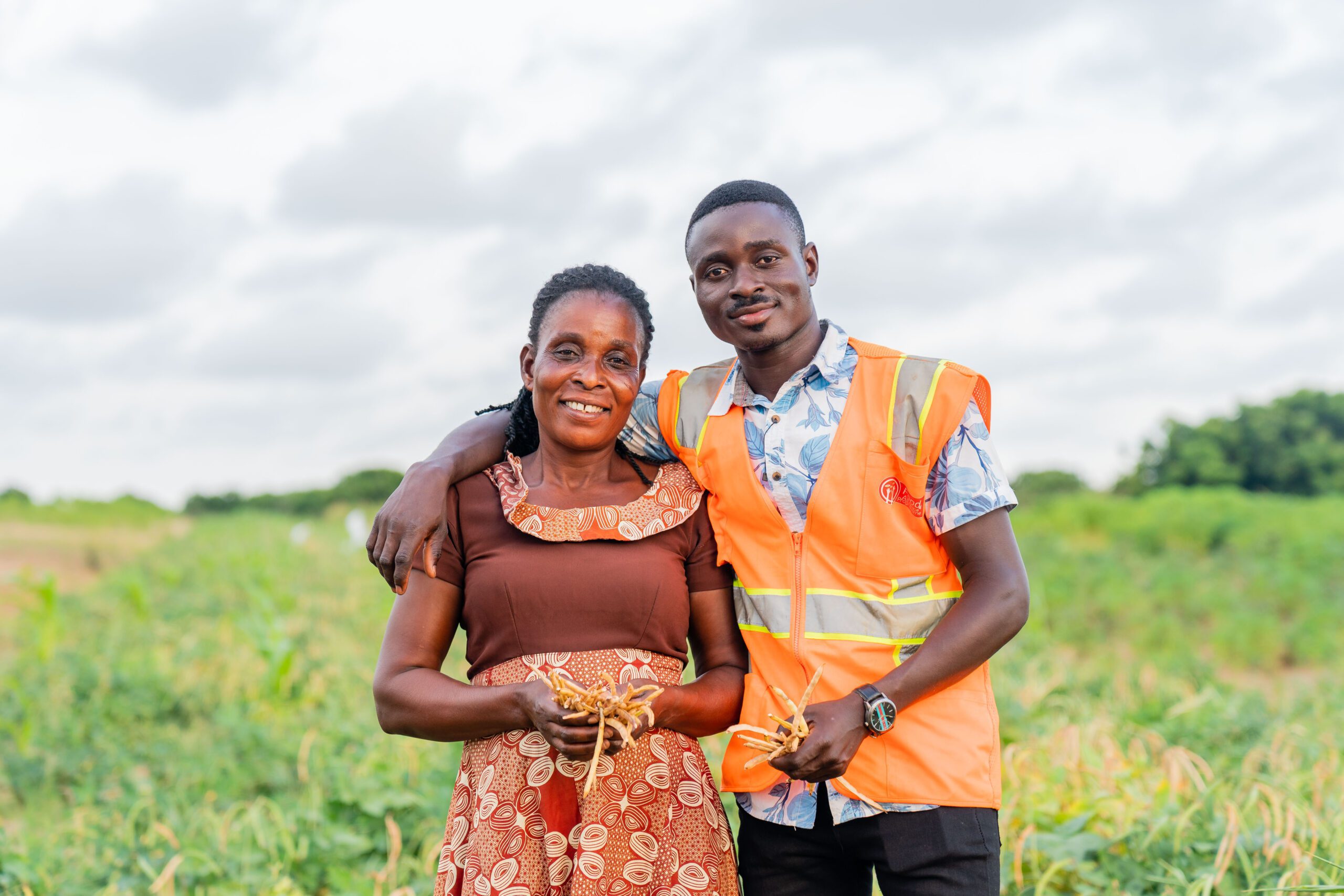
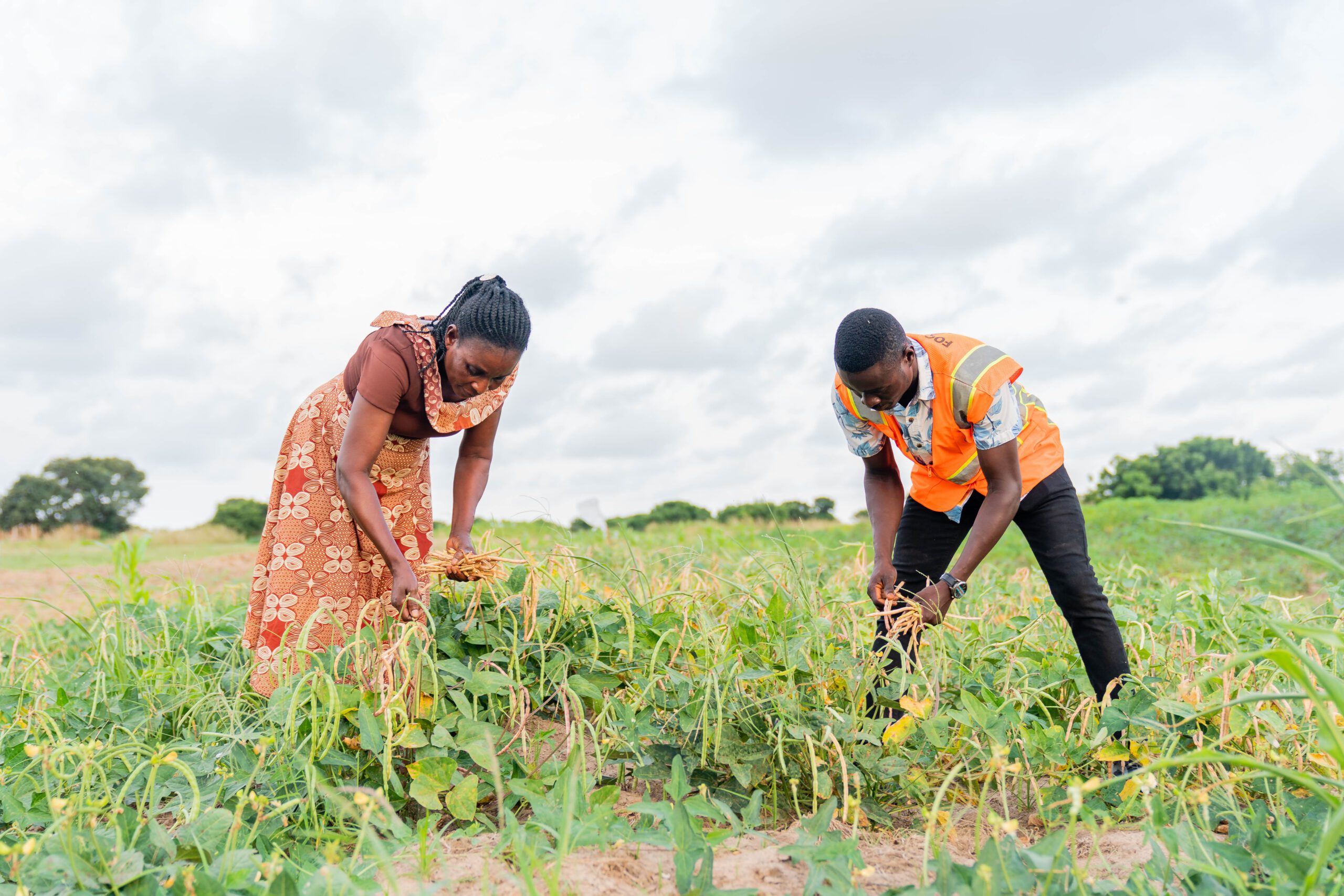
When farmers in the Greater Accra region know they have fresh produce that would otherwise go to waste, they call Agbovie. This happens for a variety of reasons. Sometimes crops yield more than expected regionally and small-scale farmers have a hard time selling the produce due to low demand. Other times, the size of the produce might not fit buyers’ expectations—something farmers here say is happening more and more due to climactic changes in rain patterns. In exchange for the produce, Food For All Africa provides training on topics the farmers are interested in, like establishing irrigation to adapt to unpredictable rainfall. In the future, the food bank wants to help farmers extend the life of their produce by offering low-cost cold storage rental.
Because produce perishes quickly, the logistics of recovery must also happen quickly. Agbovie recruits local volunteers to help harvest, thanking them with a hearty lunch, and arranges for a Food For All Africa refrigerated truck to load up the day’s haul and head to a warehouse in Shai Hills, about an hour away. There, a team of seven staffers unloads the watermelons and other produce, which is properly received, cleaned, and sorted before it’s stored. Some of the produce might be made into juice and frozen, but the rest of it will be packed for distribution.
“I appreciate a field coordinator’s job so much,” said Elijah Amoo Addo, founder and executive director of Food for All Africa. “When Isaac joined the team, our kilograms recovered immediately started increasing. He actually puts pressure on us to recover more and more produce.”
According to Addo, a culinary expert affectionately referred to as “Chef Elijah” by his team, about 45 percent of the food produced in Ghana goes to waste, while about 40 percent of children in the country go hungry. Determined to turn this around, Addo and his team at Food For All Africa created the Agricultural Food Loss Recovery Project in 2022 to reduce food loss in Ghana’s agricultural sector by 40 percent in the next five years. The fruits and vegetables recovered from the project are distributed through the food bank’s Lunch Box school feeding program and other initiatives that provide food to people in vulnerable situations.
In 2023, Food For All Africa put much of their focus into agricultural recovery, starting with the hire of the five field coordinators. Funding from The Rockefeller Foundation to The Global FoodBanking Network accelerated the program’s growth, allowing for the purchase of two all-terrain cycles so field coordinators can access hard-to-reach communities as well as the 1.4-ton capacity refrigerated truck. The funding also led to the creation of the Shai Hills warehouse, which was inaugurated in October 2023. The facility’s colorful exterior, adorned with photos of people enjoying fresh fruits and vegetables, explains the building’s purpose well. It can store up to 325 tons of produce and hold 56 tons of dried food like rice, gari, black-eyed peas, and soya. Previously, the food bank mainly relied on their satellite warehouse in Kumasi, three hours away from Accra, which holds 30 tons of fruits and vegetables in cold storage and 20 tons of dried food.
More storage that adheres to the highest safety standards, specialized employees, stronger connections to farmers, and a focus on agricultural recovery has transformed the way Food For All Africa operates. In 2022, less than 1 percent of the food they recovered came directly from farms. Just a year later, 28 percent of their food was sourced from the agricultural supply chain.
“Since we received the funding, it ignited a light for us,” said Addo. “We’ve been able to provide a more nutritious, health-focused support system to those we serve. And it also helps reduce food loss and waste. Above all, it helps us support malnourished families and children.”
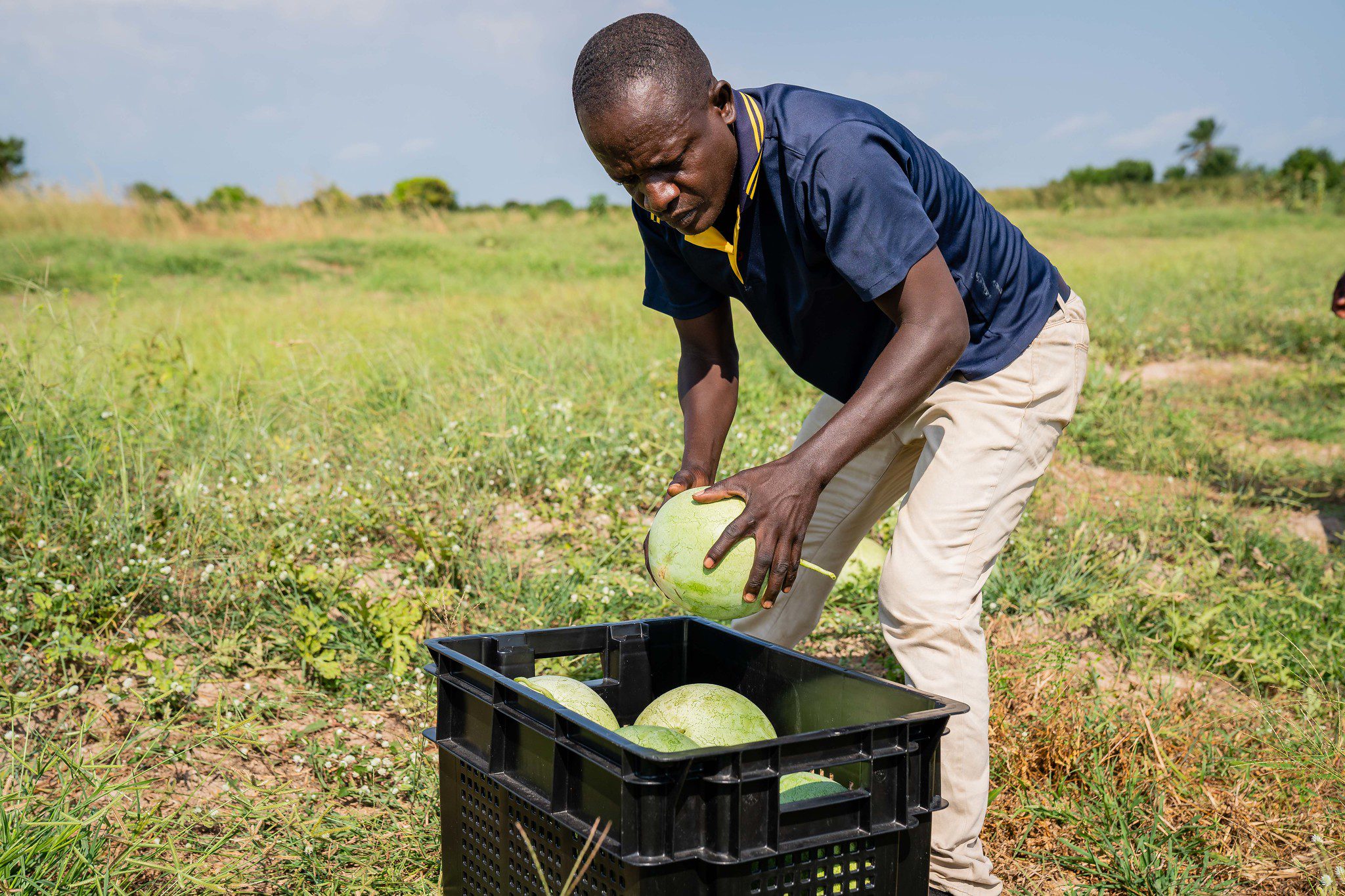
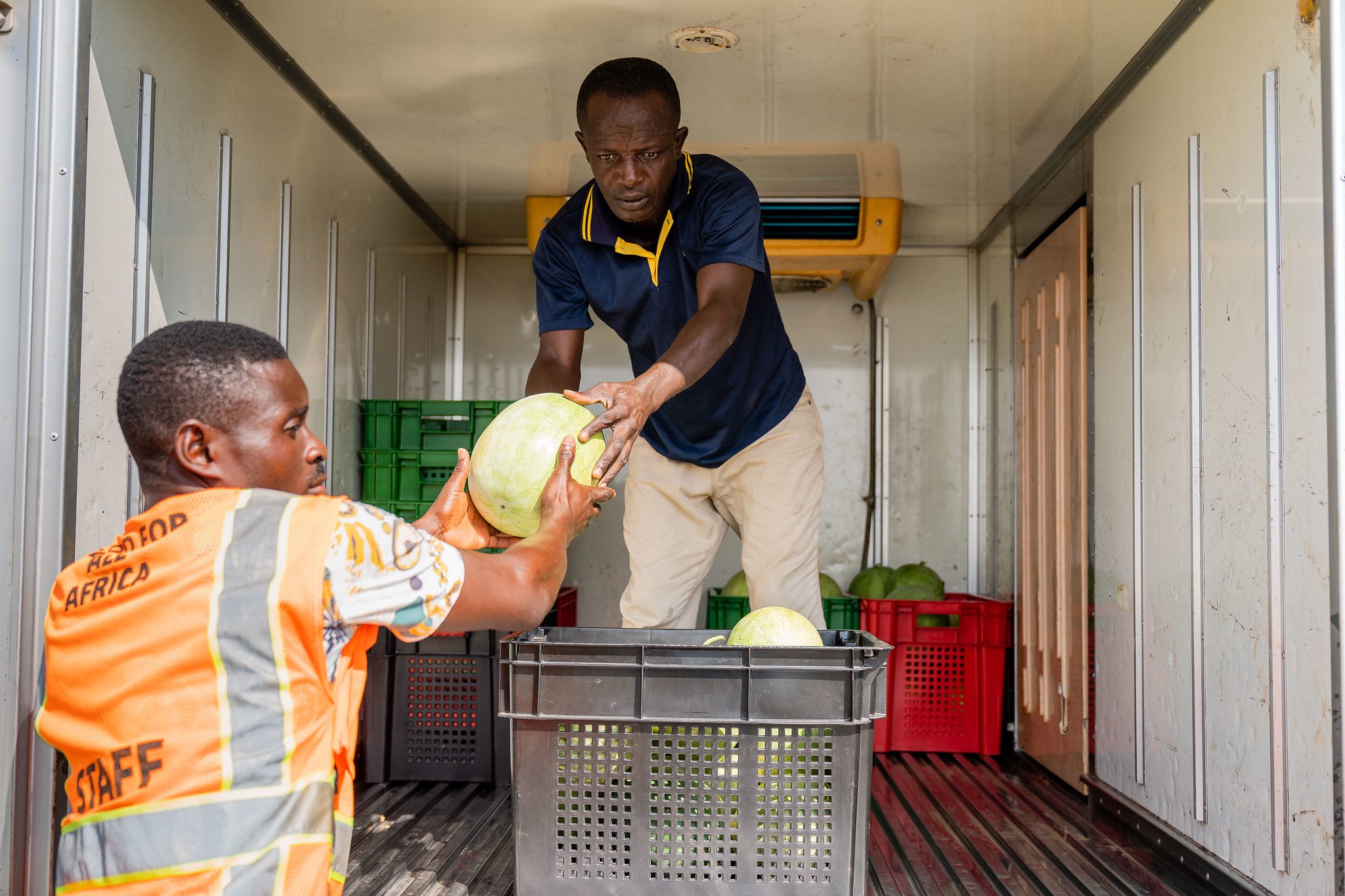
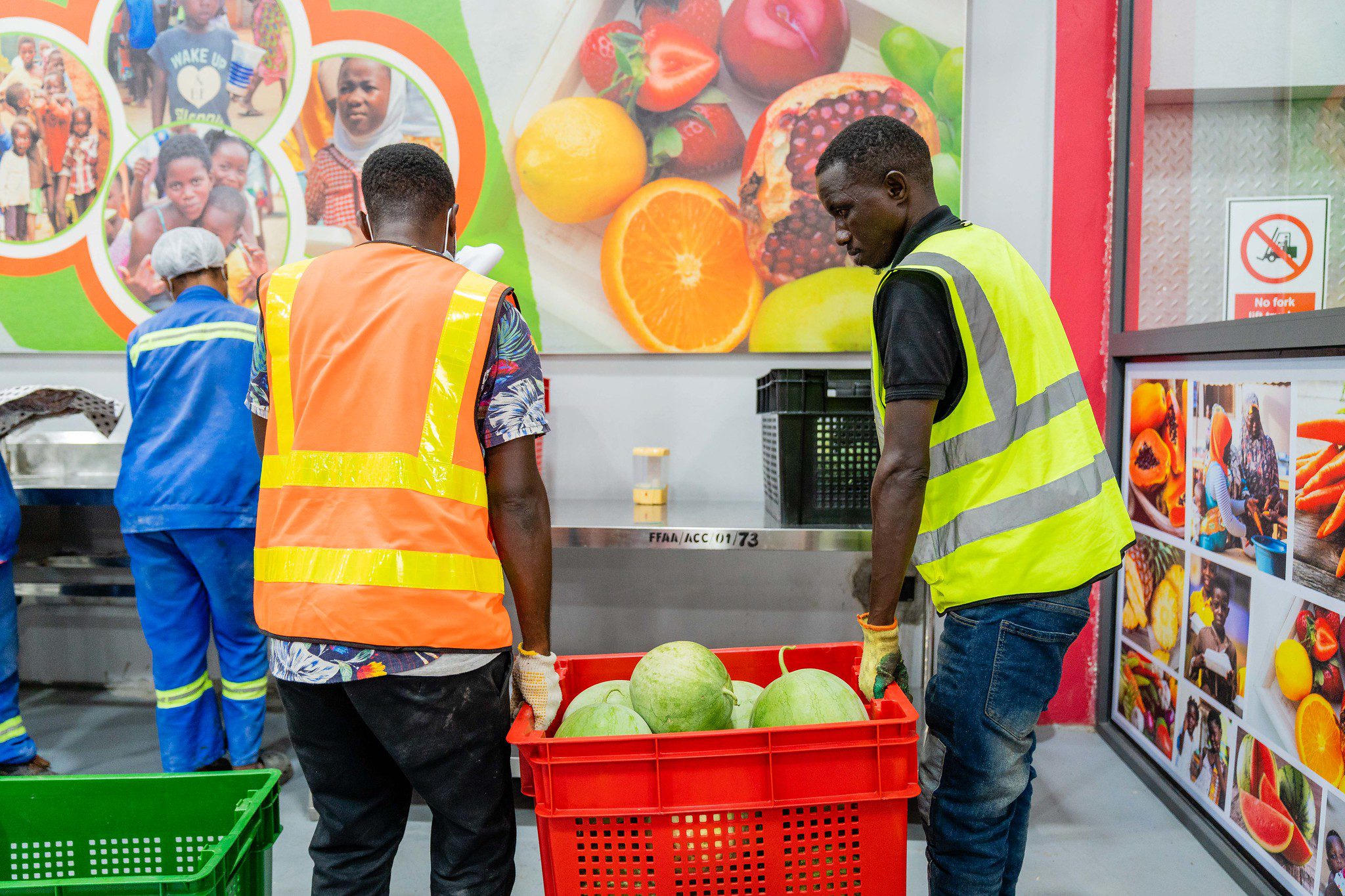
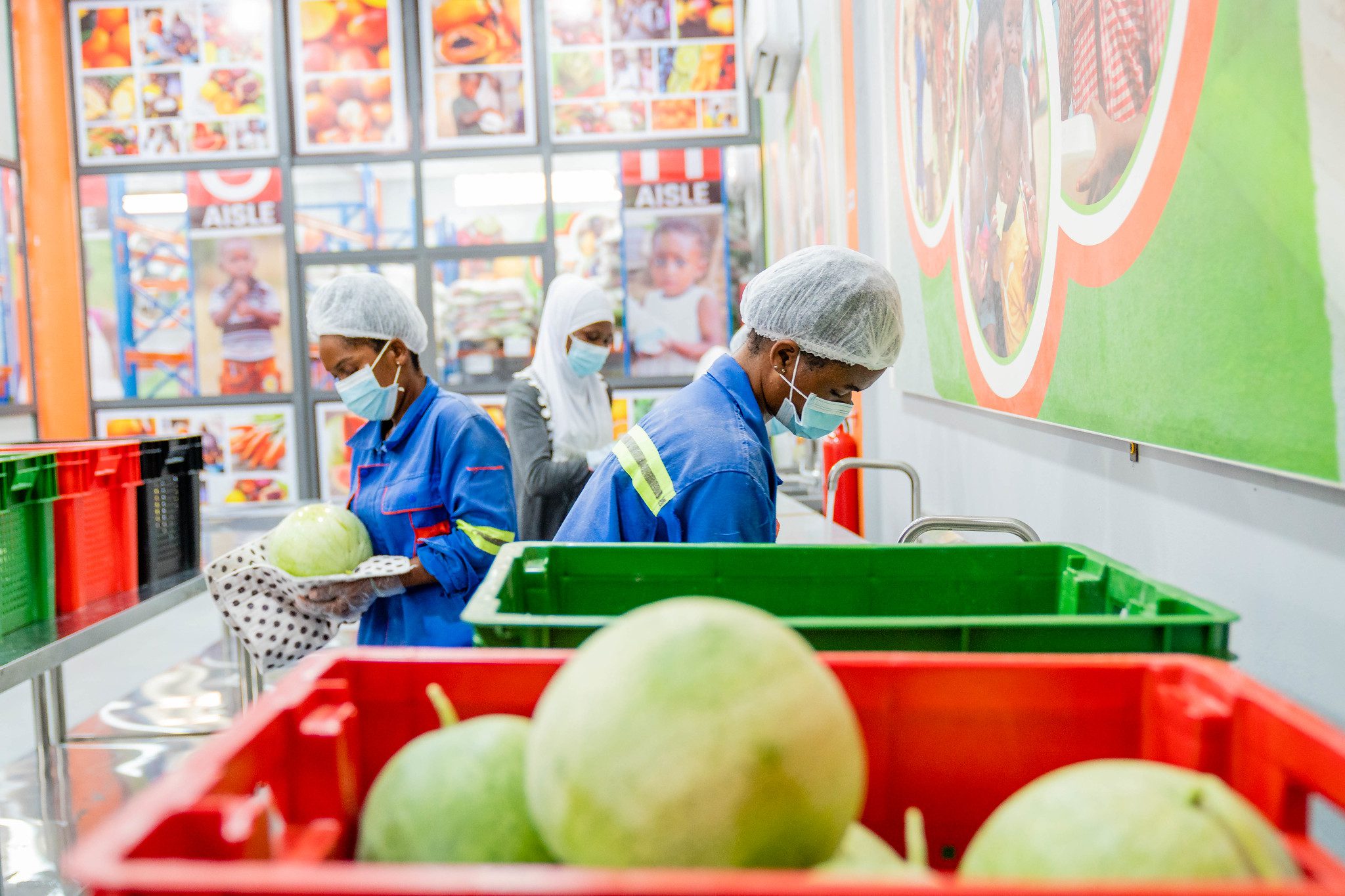
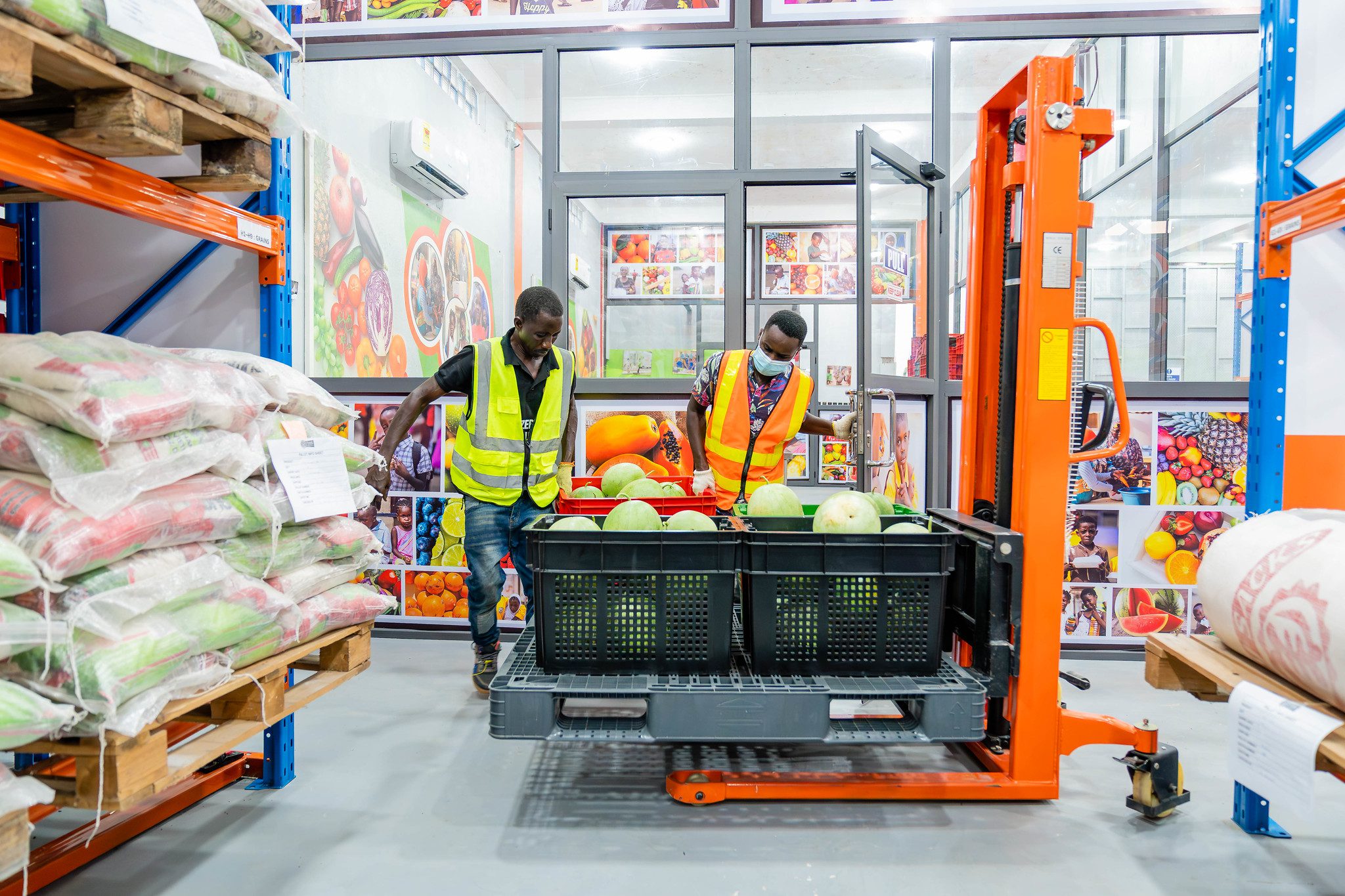
Only a day after Agbovie and his volunteer crew loaded watermelons onto the refrigerated truck, the fruits are driven from Shai Hills to the Ansaar Foundation School in Ashaiman, one of Greater Accra’s lowest-income urban areas. The Food for All Africa staff members are given a warm welcome from Fati Abdulah, a teacher who helped start the school’s relationship with the food bank.
Established in 2013, Ansaar initially offered only Arabic classes in a humble wooden structure surrounded by the harried movement of the working-class neighborhood. “As time went on, we got to know that a lot of kids were roaming about with no school,” Abdulah said. So school officials decided to expand Ansaar’s offerings to provide a full curriculum and meet the needs of families in the community.
The school now serves 194 students, ages 1 to 14.In 2020, Ansaar became a part of Food for All Africa’s Lunch Box program, which every month provides enough food for daily lunches and snacks for 25 schools in Ghana. Food for All Africa also connected Ansaar directly with a donor that completely rebuilt the school, which now includes a kitchen where staff can prep and cook meals.
Abdulah leads the Food for All Africa staff members into the school and up a winding staircase to the top floor, where buoyant children fill six separate classrooms. When they see the watermelons, frenetic energy takes over in the youngest students, and the all the teachers pause their lessons for snack time. It’s hard to hear Abdulah speak over the laughter.
“[Programs like these] push for more education in a community like ours, where a lot are very vulnerable, poor,” Abdulah said. “It’s not easy. It’s a time where food in Ghana is very expensive. The food encourages the kids to come to school. They know when they come to school, they have something to eat.
“We feel amazed,” she added. “We feel we’ve gotten a helper, a supporter. That’s how we feel right now because [Food for All Africa has] really been doing a lot.”
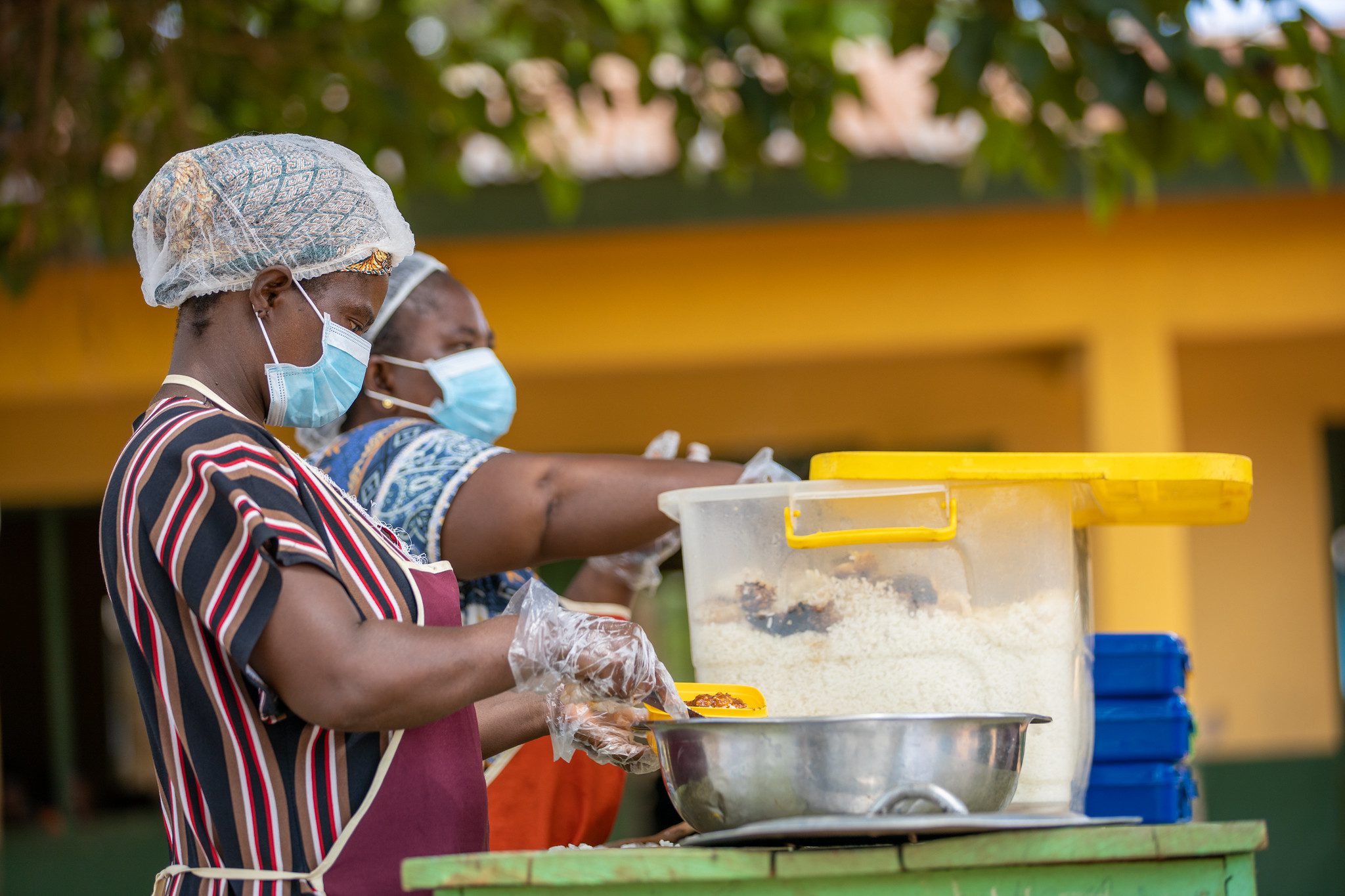
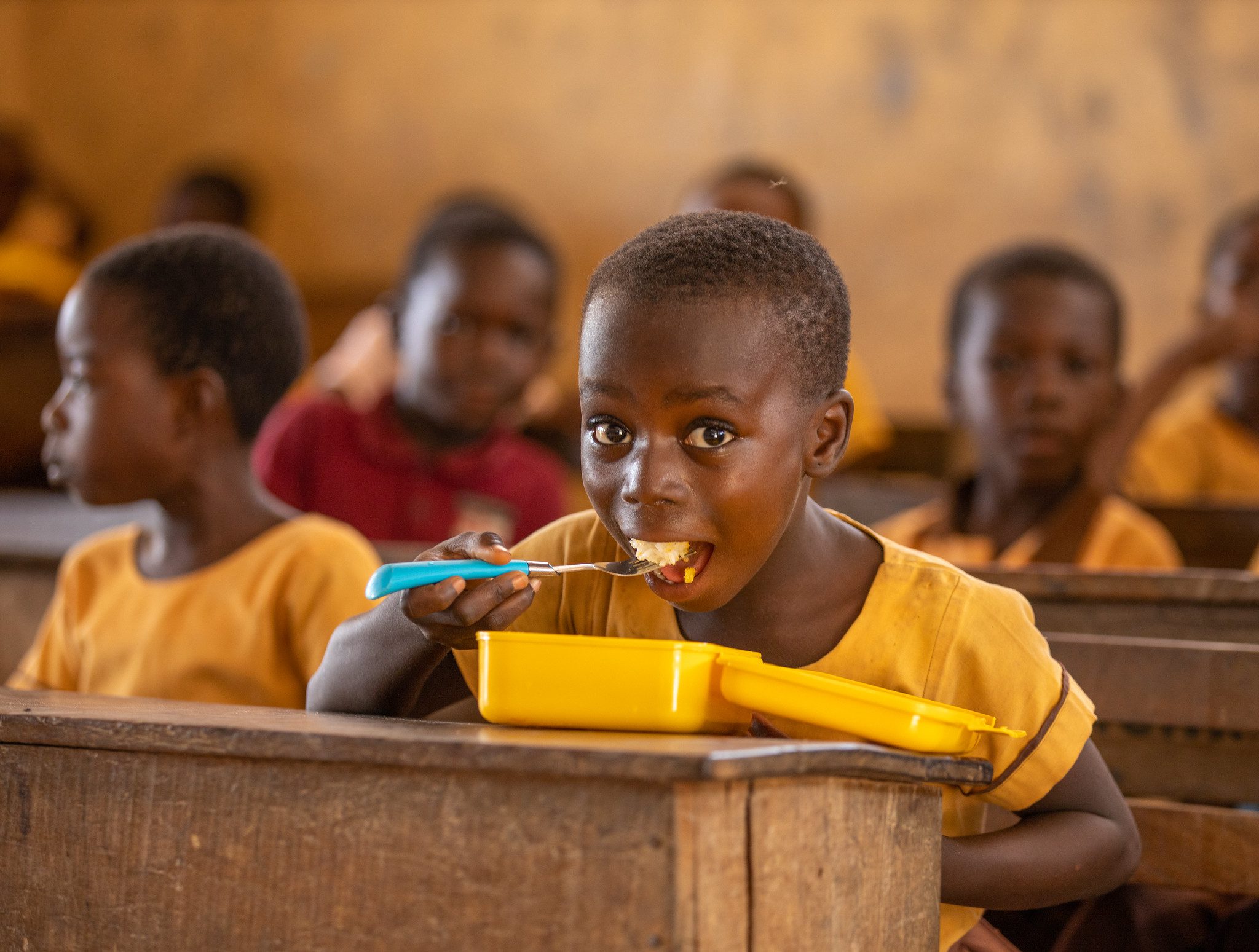
On another day, Addo and his staff are again on the backroads of the coastal savanna, traveling to another farm. Addo is driving and one of his colleagues, seeing a large depression in front of them, says, “Chef, be careful, it’s deep!” Addo replies, “It is deep, but we keep going.” And they do, arriving at their destination safely, ready to restart the process of connecting farmers and food systems to hundreds of organizations like Ansaar Foundation School that are committed to making their communities better.
“You know,” Addo said, “there’s a saying that goes, ‘A problem half-shared is a problem half-solved.’
“For us as food bankers, we understand that what we offer is more than food. We become a bridge. The language we’re using is the food. But the identity we’re building is community. And for me, that’s the beauty of food banking.”

